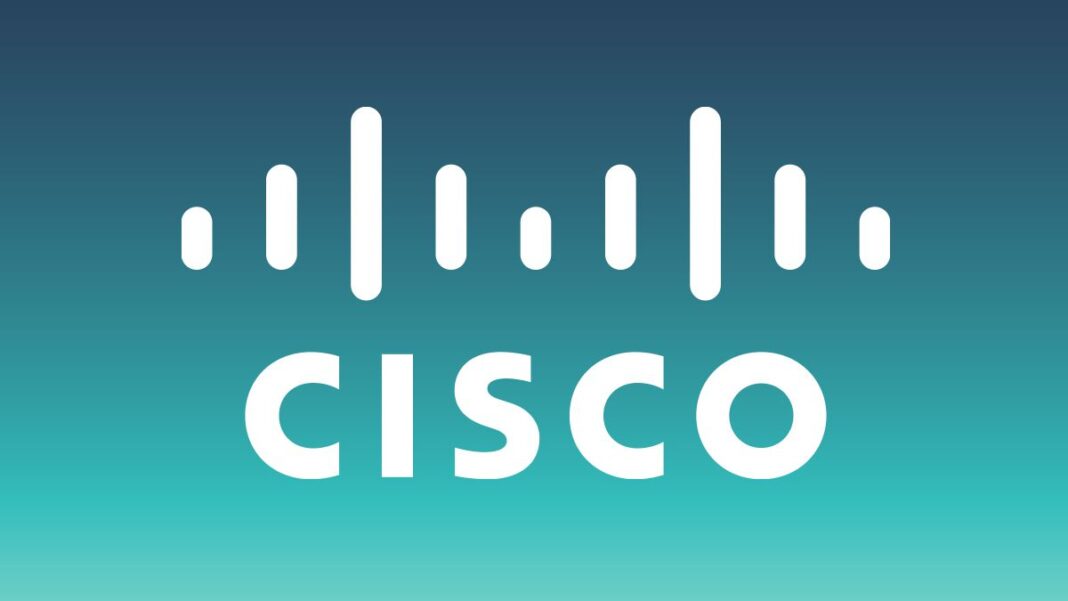Despite expiring enhanced subsidies, prices will remain low for most customers, according
Open enrollment for the Affordable Care Act Marketplace began Nov. 1, allowing people 11 weeks to sign up for health coverage under Obamacare.
People with a household income at or below a certain level may qualify for reduced premiums thanks to a subsidy from the federal government in the form of a tax credit.
Here’s what to know about and where to begin finding health coverage.
Deadlines: Dec. 15 and Jan. 15
Enrollment is open now through Jan. 15 in most states, but those looking to have coverage starting on the first of the year must enroll by Dec. 15.
After the open enrollment period ends, sign-up is available only after a qualifying life event, such as loss of insurance, job change, marriage, divorce, or the birth of a child.
More than 24 million people were enrolled in Marketplace plans in 2025, according to health care research group KFF.
Lower Income Households Qualify for a Subsidy
Households with income in a certain range qualify for tax credits that reduce their premium payments for Marketplace plans.
People in households earning between 100 percent and 400 percent of the federal poverty level qualify for this subsidy. Those earning less qualify for Medicaid.
The federal poverty level is based on household size and is adjusted annually. The level for 2025 is used to determine coverage for 2026. A family of four earning up to $128,600 would be eligible for a premium tax credit in 2026.
Prospective buyers can find out whether they qualify for a premium tax credit at Healthcare.gov before enrolling.
Rates Remain Low for Most
During the COVID-19 pandemic, Congress expanded the premium tax credits to include people with higher incomes and to provide additional help for some households that already received subsidies. Those “enhanced” premium tax credits expire at the end of 2025.
Insurers are raising the premiums for their benchmark plans in the Marketplace by an average of 26 percent, and some customers could see out-of-pocket premium increases of more than 100 percent, according to KFF.
The benchmark plan, generally called the silver plan, is the middle of three options.
However, premiums will remain low for most customers and decrease for some, according to the Centers for Medicare and Medicaid Services.
Premium tax credits are expected to cover 91 percent of the cost for the lowest-priced plan in 2026, usually called the bronze plan. That’s larger than the 85 percent covered in 2020, before the enhanced premiums were temporarily authorized.
In 2026, the average enrollee will pay $50 per month for health coverage after the premium tax credit is applied. That’s an increase of about $13 over 2025, but lower than the 2020 amount.








